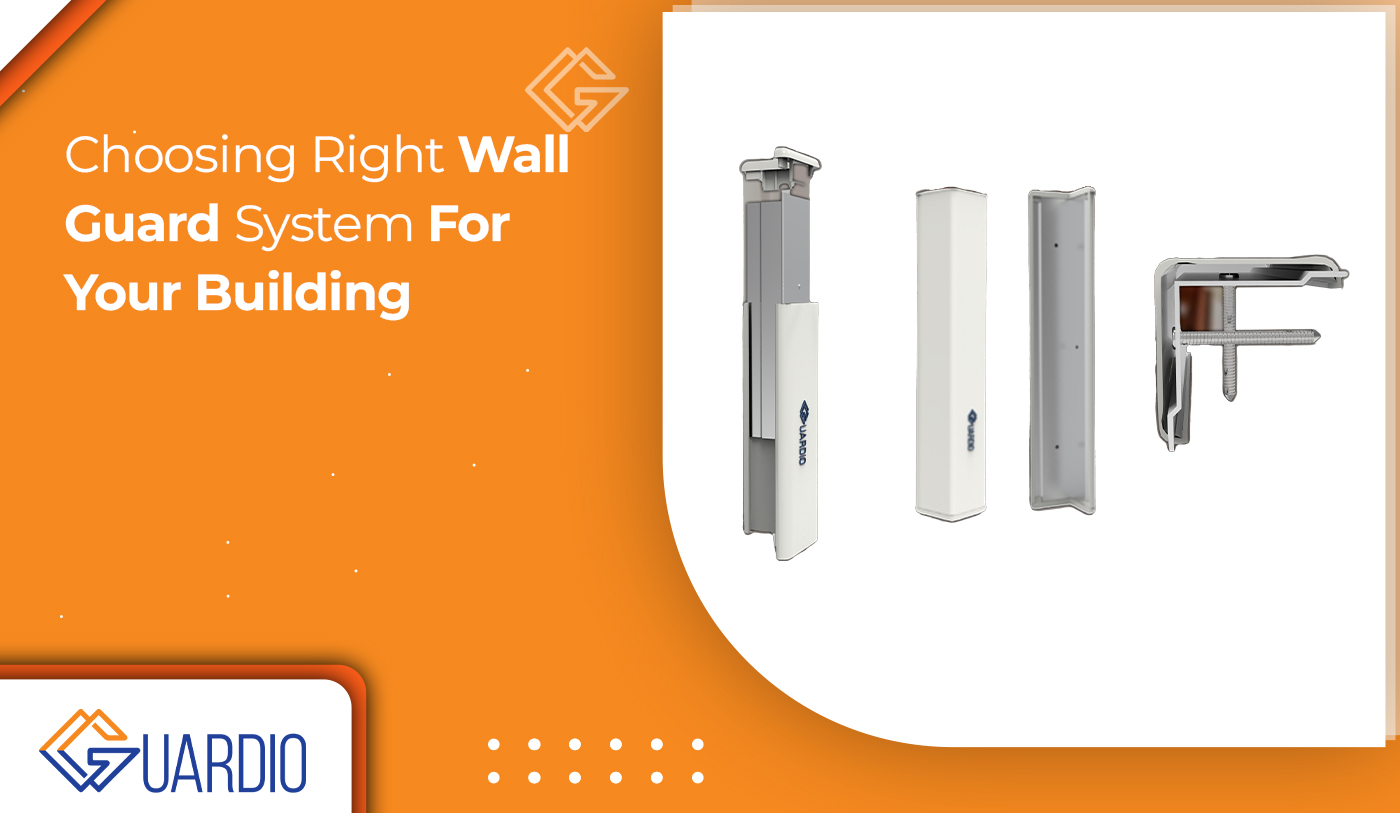Introduction
In the realm of building maintenance, the significance of wall guard systems cannot be overstated. These systems serve as the first line of defense against wear and tear, impacts, and abrasions, ultimately influencing the longevity and visual appeal of your structure.
The decision-making process begins with understanding the diverse types of wall guard systems available and their unique functions.
Types of Wall Guard Systems

Corner Guards
Corner Guards discreet yet essential elements serve as protectors of vulnerable corners. Whether constructed from durable stainless steel or flexible rubber, the choice depends on factors such as the building’s traffic and design requirements.
Crash Rails
Positioned strategically along walls, crash rails offer a robust defense against impacts from carts, luggage, or other moving objects. Exploring design variations is crucial to align functionality with the overall aesthetics of the space.
Chair Rails
Beyond their aesthetic contribution, chair rails play a vital role in preventing furniture-induced damage. This section explores the diverse materials and styles available, allowing for a seamless integration of protection and design.
Material Considerations

Rubber
Renowned for its shock-absorbing properties, rubber wall guards are ideal for high-impact areas. This section details the various rubber options, their durability, and the necessary maintenance routines.
Stainless Steel
A staple in modern architecture, stainless steel wall guards combine sleek design with robust protection. We delve into the corrosion-resistant properties and the diverse applications where this material shines.
Vinyl
Vinyl for those mindful of budget constraints, vinyl wall guards offer a cost-effective solution. This segment outlines customization options, limitations, and the scenarios where vinyl proves to be a practical choice.
Installation Factors

DIY vs. Professional Installation
The decision between a do-it-yourself installation and professional expertise is critical. We explore the advantages and drawbacks of each approach, emphasizing the importance of precision in installation for optimal performance.
Building-Specific Considerations
Analyzing traffic patterns and impact zones within your building is essential. This section guides you on adapting your wall guard system to the unique architecture of your space.
Budgetary and Long-Term Considerations
Initial Costs vs. Long-Term Savings: Balancing upfront expenses with future maintenance savings is a key aspect of the decision-making process. We discuss the concept of return on investment, highlighting the benefits of choosing a high-quality system that stands the test of time.
Conclusion
Choosing the right wall guard system demands a meticulous assessment of your building’s needs, aesthetics, and budget. By navigating through the diverse options and considerations outlined in this guide, you can ensure a harmonious blend of protection and style for your structure.

